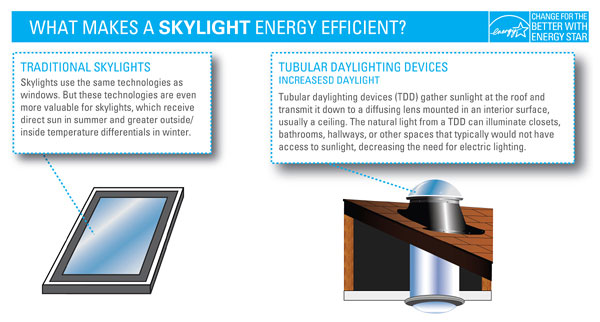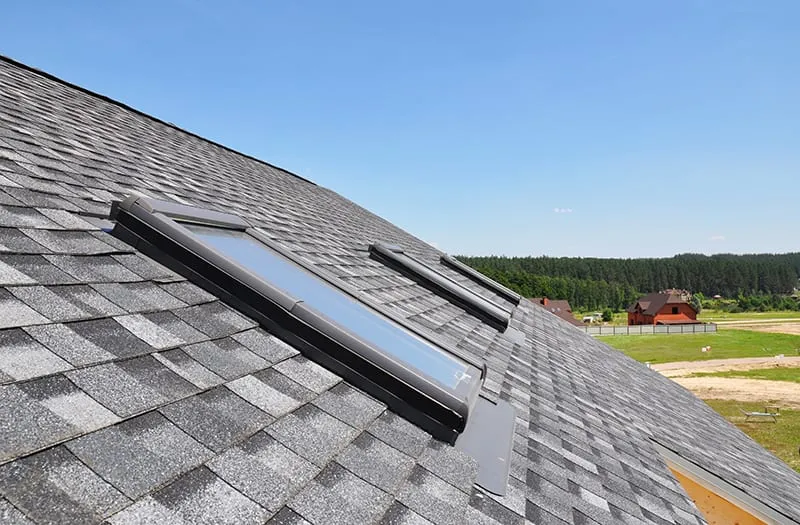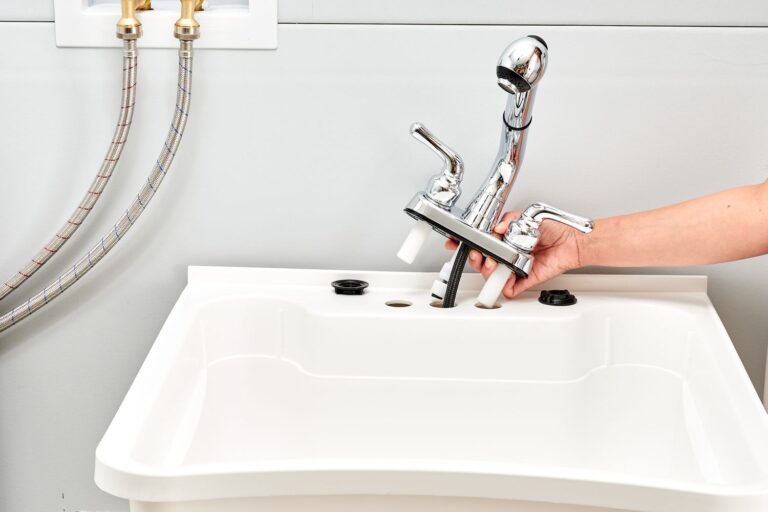How Much Energy Does A Skylight Save?
A skylight is a window that is installed on the roof of a building to allow natural light to enter the interior space. Skylights can provide several benefits, including reducing the need for artificial lighting and increasing the sense of openness and connection to the outdoors. Additionally, skylights can help save energy by reducing the amount of energy that is required to light and heat the space. By preventing the need for additional lighting and heating sources, skylights can result in significant energy savings for homeowners or businesses.
Selecting the Right Skylight for Your Home
When it comes to making energy-efficient choices for your home, there is no better option than installing a skylight. Not only do skylights let in natural light and help reduce your energy bills, but they can also add a unique aesthetic to any home. But before you decide to install a skylight, it’s important to consider which type is the best fit for your home.
When selecting a skylight, you should consider the size, shape, and style that best fits your home. For instance, if your roof is sloped, you may want to look into a tubular skylight, which will fit into your roof and provide the most energy savings. If you have a larger space, such as a great room, fixed skylights may be the best option as they can be used to provide natural light throughout the space.
You should also consider the materials that will be used to make the skylight. Many skylights are made from glass, but you can also choose to install a plastic skylight which will provide more insulation and help reduce energy loss. Furthermore, you should consider the energy rating of the skylight, as higher energy ratings will provide more savings.
Installation Requirements and Process
Skylight installation is not an easy task. It requires a fair amount of skill and knowledge to ensure that the installation is done correctly. The installation process can take anywhere from a few hours to a few days, depending on the size of the skylight and the complexity of the installation. Before installation, it is important to consider the following installation requirements:
First, it is important to ensure that the skylight will be properly sealed and insulated to prevent air leakage, which can increase energy costs. Second, the skylight must be properly installed and leveled so that it can take advantage of the sun’s natural energy. Lastly, it is important to select an appropriate size and shape of skylight to maximize the amount of energy gained by the installation.
The installation process typically begins with measuring the area where the skylight will be installed. Next, the framing and flashing must be installed to ensure that the skylight is properly sealed and insulated. After this, the skylight is placed in the opening and secured. Finally, the area around the skylight must be insulated to ensure that energy efficiency is maximized.
Calculating the Potential Energy Savings of a Skylight
Adding a skylight to your home is a great way to bring in natural light and reduce your energy costs. But how much energy does a skylight save? This article will explore the potential energy savings of a skylight and how to calculate them.
Skylights can provide significant energy savings by reducing the need for electric lighting during the day. Additionally, skylights can help regulate temperature by bringing in natural light and allowing heat to escape. This can reduce the need for heating and cooling systems, making your home more energy efficient.
When calculating the potential energy savings of a skylight, it’s important to consider the size of the skylight, the orientation, and the climate in which it’s installed. The larger the skylight, the more natural light it will bring in, and the greater the potential energy savings. Additionally, a skylight installed on the south side of a building will bring in more light and generate more energy savings than a skylight installed on the north side. Finally, the climate and temperature of the area will also affect the amount of energy saved.

Maintenance and Upkeep of a Skylight
Skylight maintenance and upkeep are essential to ensure that it continues to provide the energy savings that it is capable of. Skylights should be regularly inspected for signs of wear, including cracks, chips, or scratches on the frame or glass. If these are found, contact a professional to ensure that the skylight is properly repaired. Additionally, the skylight should be kept clean, as dirt and debris can block the sunlight and reduce the energy savings it provides. It’s important to regularly check and adjust the window coverings to ensure that they are properly blocking the sunlight when desired. Lastly, be sure to check the seals around the skylight to ensure that the frame is properly sealed and no air is leaking through. Regular maintenance of your skylight will help to maximize the energy savings it provides and ensure it remains an asset to your home.
The Future of Skylights
Skylights are becoming increasingly popular as a way to save energy and reduce utility costs. Skylights are an effective way to bring natural light into a home or building, while also cutting down on the amount of energy used to power lighting and other appliances. As technology continues to improve, skylights are becoming more efficient and can have a major impact on energy savings. With the help of cutting-edge technology, skylights can now provide up to 40% energy savings.
In addition to saving energy, skylights also provide some other benefits. Skylights allow natural light to enter the home, reducing the need for electric lighting, which can save money on energy bills. Skylights also provide improved ventilation, which can help reduce the need for air conditioning and heating. Additionally, skylights can provide an aesthetically pleasing addition to a home or building, adding beauty and value to the property.
As the technology behind skylights continues to improve, more and more homeowners and businesses are beginning to recognize the potential energy savings that skylights can provide. Skylights are becoming a popular choice for those looking to save energy and reduce utility costs. With the right skylight, and the increasingly efficient technology available, homeowners and businesses can save energy and money in the long run.
FAQs About the How Much Energy Does A Skylight Save?
1. How much money will I save by installing a skylight?
Answer: The exact amount of money saved depends on the size of the skylight, the type of skylight, and the climate. Generally, a skylight can save between 10-30% of a home’s energy costs.
2. Do skylights reduce the amount of heating and cooling needed?
Answer: Yes, skylights can reduce the amount of heating and cooling needed. Skylights help to reduce the amount of artificial light needed by letting in natural light from the sun. This natural light can help to reduce the amount of heating and cooling needed to maintain a comfortable temperature.
3. Is there any maintenance required for skylights?
Answer: Yes, there is some maintenance required for skylights. Skylights should be cleaned regularly to keep them free from dirt and debris. Additionally, skylights should be inspected and repaired as needed to ensure they are functioning properly and are not leaking.
Conclusion
Skylights are a great way to save energy in the home. They provide natural light, which reduces the need for additional lighting, as well as heating and cooling costs. Skylights also provide a connection to the outdoors that can improve overall home comfort levels. With the right placement and orientation, skylights can reduce energy consumption in the home by up to 25-35%. Therefore, skylights are an excellent choice for saving energy in the home.





